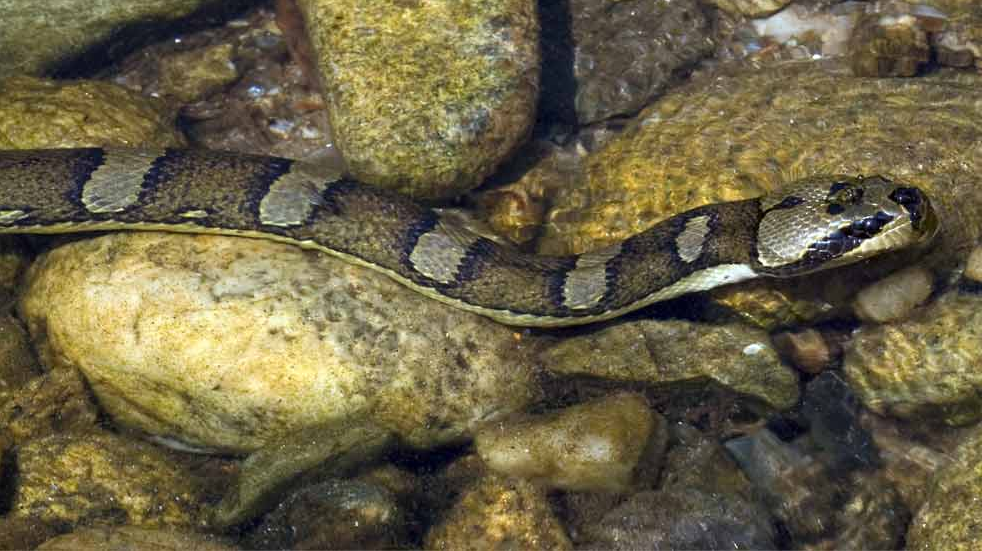When you bring a snake into your home, providing an appropriately sized habitat is crucial for its health and wellbeing. As your serpentine companion grows, its spatial needs change accordingly. Many snake owners, especially first-timers, struggle to recognize when their pet has outgrown its current enclosure. This oversight can lead to stress, health issues, and behavioral problems for your reptilian friend. In this comprehensive guide, we’ll explore the telltale signs that indicate your snake needs more space, how to choose the right-sized habitat, and how to ensure your snake thrives in its environment.
Understanding Natural Growth Patterns
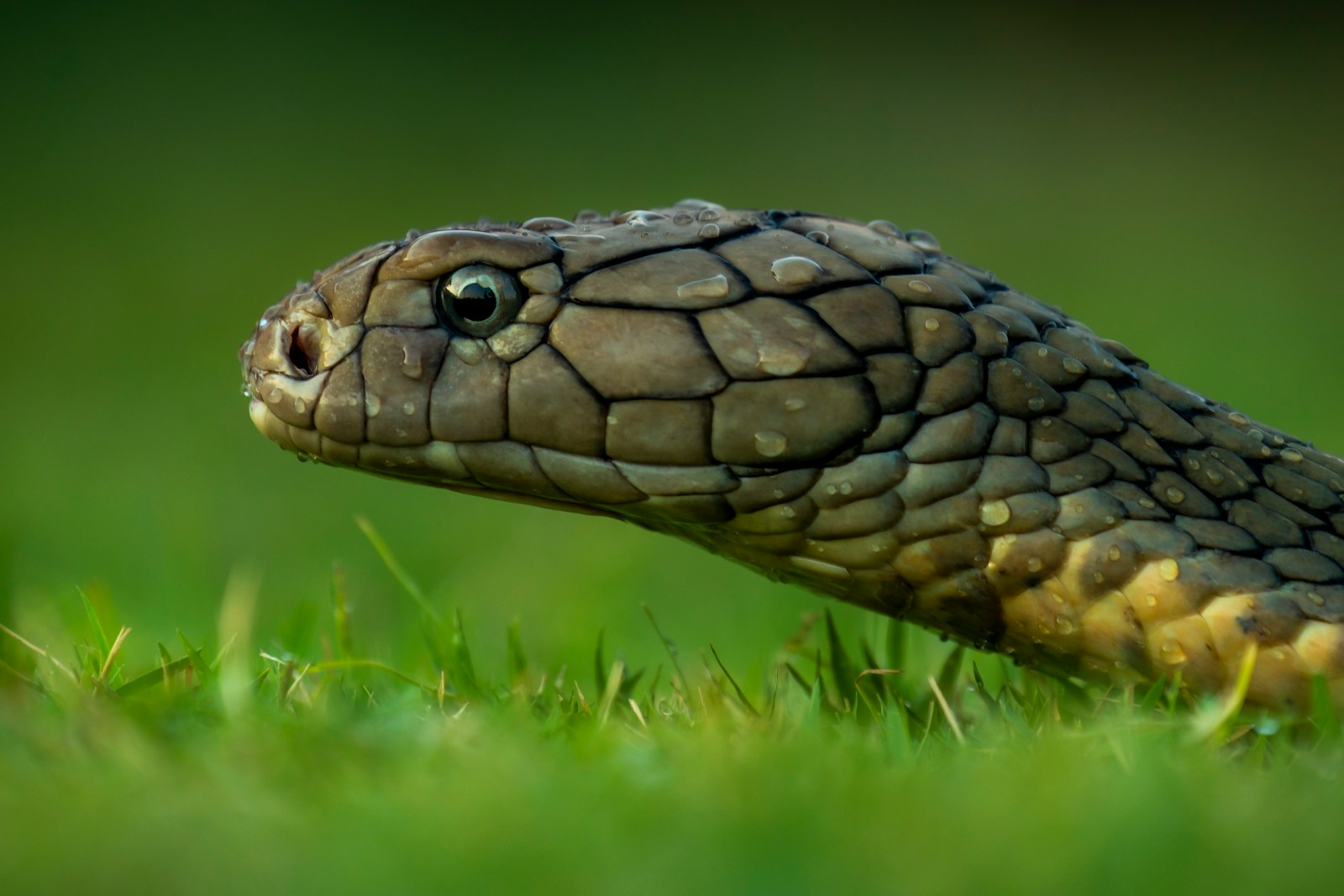
Different snake species have vastly different growth rates and maximum sizes, making it essential to research your specific species’ needs. Ball pythons, for instance, grow relatively slowly and reach an adult length of 3-5 feet, while Burmese pythons can grow rapidly, reaching lengths of 12-18 feet in just a few years. Corn snakes typically grow to 4-5 feet, with most of their growth occurring during their first two years of life. Understanding these natural growth patterns helps you anticipate when habitat upgrades will be necessary and prevents the stress of sudden, urgent enclosure changes. Always research your specific snake species’ growth trajectory to create an appropriate housing plan that accommodates its developmental stages.
The Coiling Test: A Simple Size Check
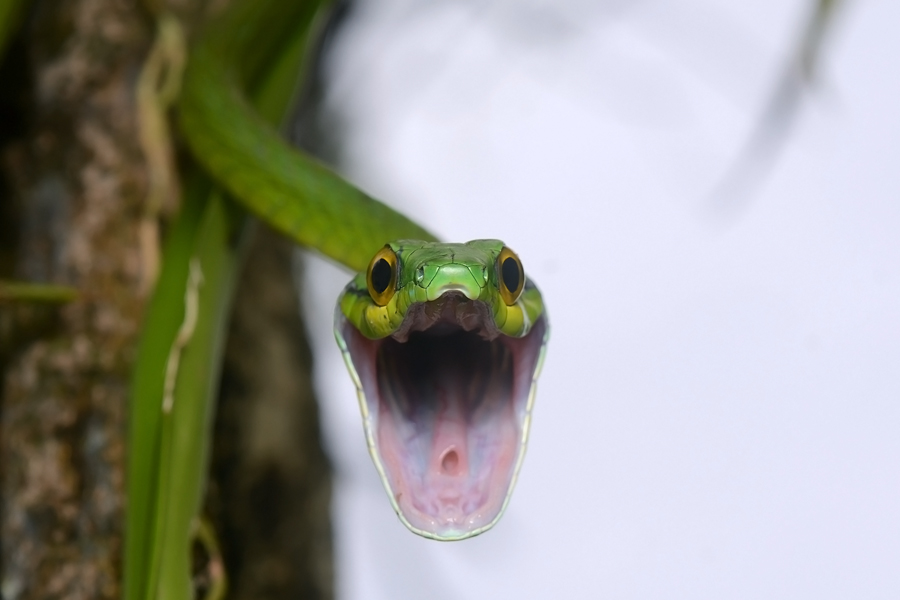
One of the most straightforward ways to determine if your snake needs more space is the coiling test. When a snake can no longer comfortably stretch out along at least one wall of its enclosure or can’t form a full coil without touching the sides, it’s likely outgrowing its home. Healthy snakes should be able to fully extend their bodies along the longest side of their enclosure, though they often choose not to do so. Additionally, snakes should have enough space to form natural coiling patterns, which are essential for their comfort and thermoregulation. If your snake appears cramped or constantly presses against the walls when coiled, it’s time to consider a larger habitat.
Behavioral Signs of Inadequate Space
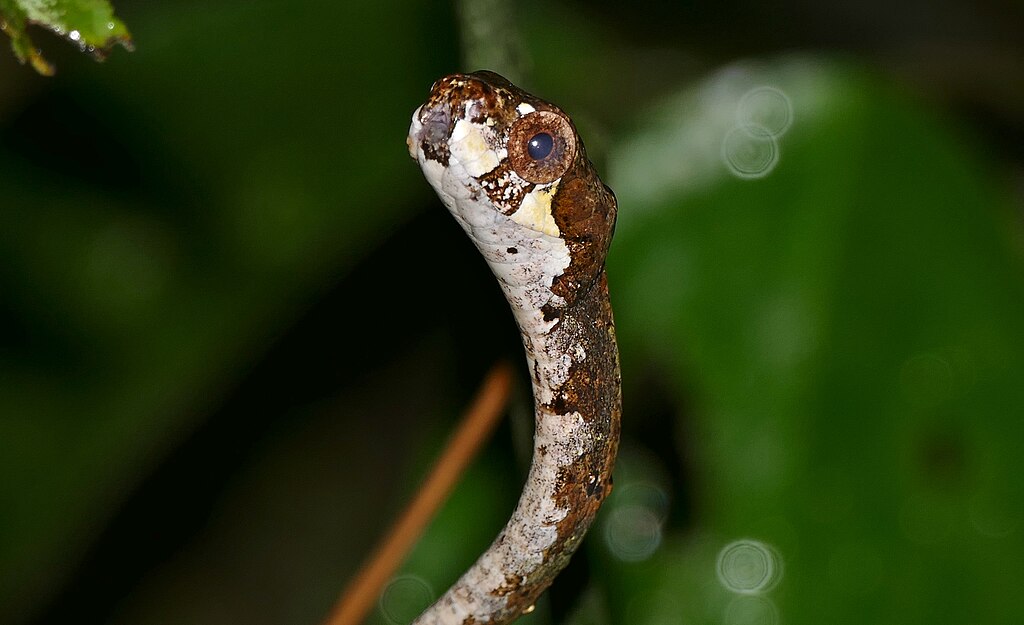
Snakes display several behavioral indicators when their habitats become too small for their needs. Increased attempts to escape, such as repeatedly pushing against the lid or glass, often signal dissatisfaction with the current living space. You might notice your snake spending excessive time exploring the perimeter of the enclosure, seemingly searching for a way out. Some snakes may also become unusually restless or display a decrease in normal behaviors like hiding or proper thermoregulation. Stress-related behaviors such as refusing meals, regurgitation, or unusual aggression can also emerge when a snake feels confined. If your previously docile snake suddenly exhibits these behaviors, inadequate space might be the culprit.
Physical Indicators of Outgrown Habitats
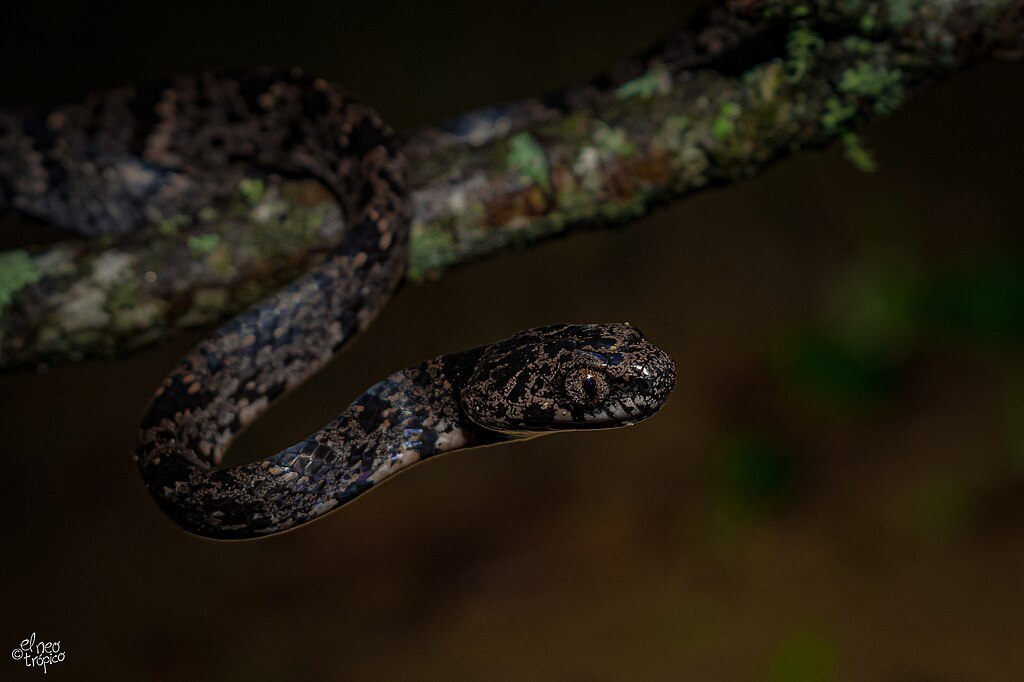
Your snake’s physical condition can reveal much about the appropriateness of its habitat size. Snakes in too-small enclosures may develop scale damage or rostral abrasions from constantly rubbing against the walls or substrate in attempts to find more space. Abnormal shedding patterns, where the snake struggles to remove its old skin in one piece, can occur when there isn’t enough space to properly rub against surfaces during shedding. You might also observe kinks or unusual body posturing as your snake tries to accommodate its growing body in limited space. Weight loss or failure to gain weight appropriately can indicate stress from cramped conditions, even if the snake is eating regularly.
The Proper Size-to-Length Ratio
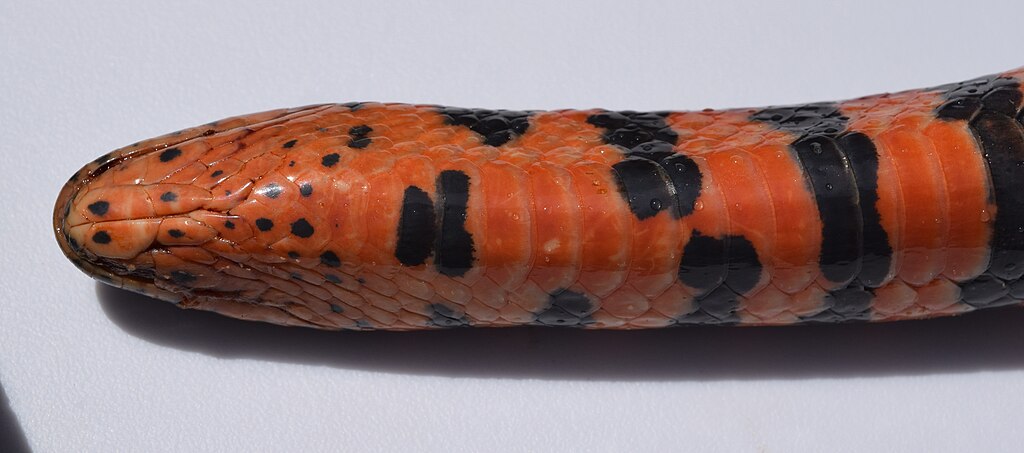
Herpetologists and reptile specialists recommend specific enclosure dimensions based on a snake’s length. As a general rule, the length of the enclosure should be at least two-thirds to three-quarters of your snake’s total length, while the width should be at least one-third to one-half of the snake’s length. For arboreal species like green tree pythons, height becomes equally important, with the enclosure height needing to be at least half the snake’s length. These ratios ensure your snake has sufficient space to exercise, explore, and express natural behaviors. Remember that these are minimum requirements, and providing more space is usually beneficial, especially for more active species like rat snakes or king snakes.
Impact of Inadequate Space on Health
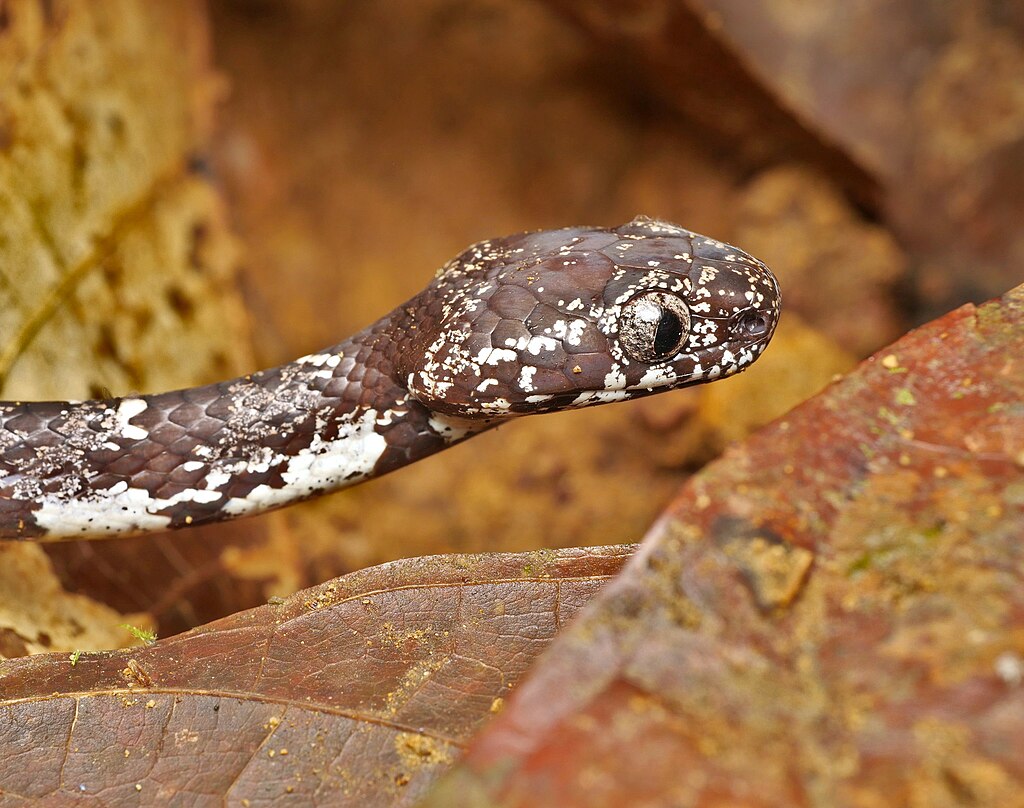
Housing a snake in a too-small enclosure can lead to serious health complications beyond mere discomfort. Restricted movement contributes to poor muscle tone and potential obesity, particularly if feeding continues at a normal rate while activity is limited. Compromised immune function often results from chronic stress, making your snake more susceptible to infections and parasitic infestations. Respiratory issues may develop due to poor ventilation or inability to properly thermoregulate in confined spaces. Perhaps most concerning is the potential for developmental problems in young, growing snakes, which may include spinal deformities or growth abnormalities when raised in consistently cramped quarters.
Assessing Enrichment Opportunities

A suitable habitat isn’t just about size—it’s about enrichment opportunities that allow your snake to express natural behaviors. When a snake outgrows its space, there’s often insufficient room for proper enrichment items like climbing branches, multiple hiding spots, or varied terrain. Observe whether your enclosure can comfortably accommodate at least two appropriately sized hides (one on the warm side and one on the cool side) plus other enrichment items without becoming cluttered. Your snake should be able to move between different areas without knocking over decor or becoming tangled in accessories. If adding or maintaining proper enrichment becomes difficult due to space constraints, it’s a clear sign that an upgrade is needed.
Temperature Gradient Challenges

Snakes are ectothermic animals that regulate their body temperature by moving between warmer and cooler areas in their environment. As your snake grows, maintaining an appropriate temperature gradient becomes more difficult in a small enclosure. In cramped quarters, the entire habitat may become uniformly warm or cool, depriving your snake of thermal choices essential for its metabolism, digestion, and overall health. If you notice your snake frequently pressed against heat sources or struggling to find a comfortable resting spot, your temperature gradient may be compromised due to inadequate space. Proper habitats should maintain a temperature difference of at least 10-15°F between the warm and cool sides, with adequate space for the snake to thermoregulate effectively.
Upgrading to an Appropriate Habitat
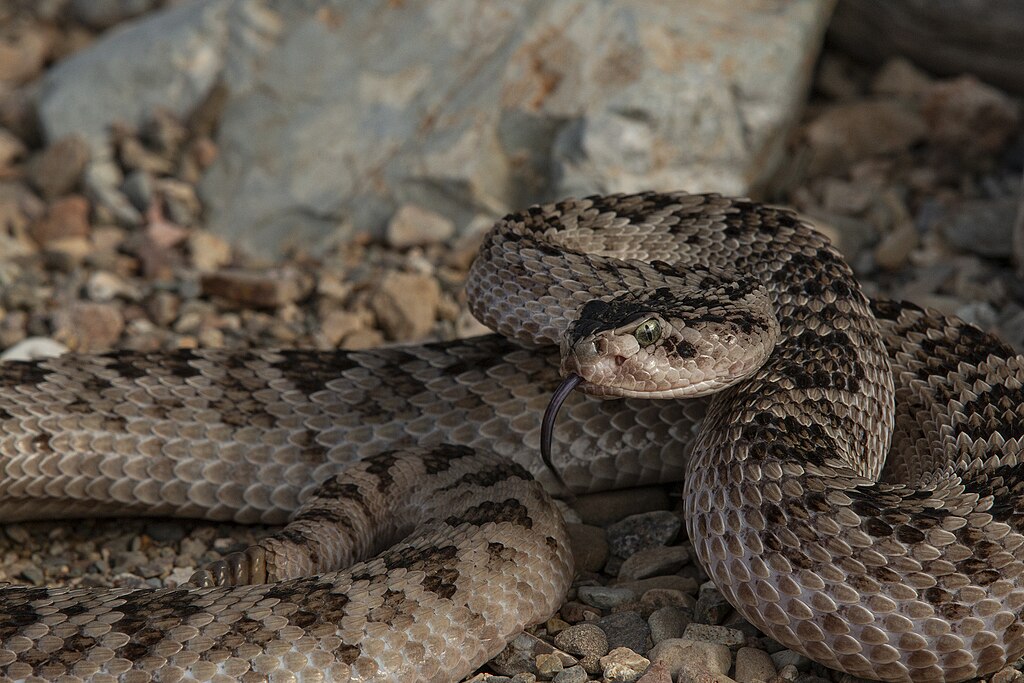
When it’s time to upgrade your snake’s home, consider both immediate needs and future growth. For juvenile snakes of larger-growing species, some owners prefer to make incremental upgrades every few months or years, while others invest in the full adult-sized enclosure from the start (adding extra hiding spots for security). Glass terrariums, PVC enclosures, and custom-built wooden vivariums all have their advantages depending on your snake’s needs. Ensure that any new habitat has secure latches or locks, proper ventilation, and can maintain appropriate temperature and humidity levels for your specific species. When transitioning your snake to a larger enclosure, transfer some familiar items from the old habitat to help reduce stress during the adjustment period.
Species-Specific Space Requirements

Space needs vary dramatically across different snake species, making it crucial to understand the specific requirements for your pet. Burrowing species like sand boas benefit from deeper substrate layers rather than excessive floor space, while arboreal species like emerald tree boas require tall enclosures with ample climbing opportunities. Active hunters such as king snakes and corn snakes utilize floor space more extensively than ambush predators like ball pythons. Consider your snake’s natural habitat and behavior patterns when determining appropriate space requirements. For example, desert species may need more open terrain, while forest dwellers might prefer densely decorated environments with numerous hiding opportunities.
Temporary vs. Chronic Space Issues

Sometimes snakes appear to outgrow their habitats temporarily, particularly during growth spurts or breeding seasons. Female snakes often become more active and exploratory before egg-laying or giving birth, which might be mistaken for discomfort with enclosure size. Seasonal changes in behavior, such as increased activity during spring months, can also mimic the signs of an outgrown habitat. To distinguish between temporary phases and genuine space problems, observe your snake’s behavior over several weeks rather than making snap judgments. If the concerning behaviors persist beyond expected seasonal or reproductive cycles, or if they’re accompanied by physical signs of stress, it’s likely time for a habitat upgrade.
Common Misconceptions About Snake Housing
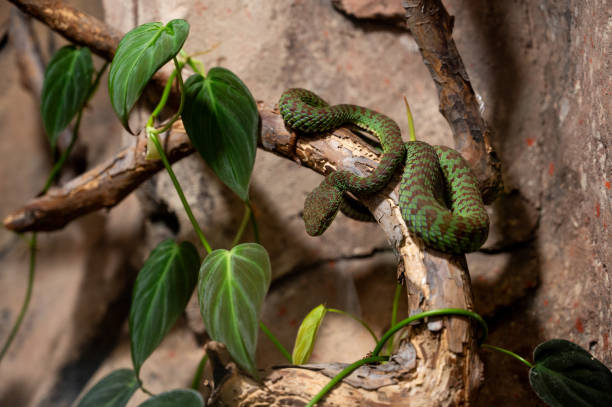
Many persistent myths about snake housing contribute to keeping snakes in inappropriately sized enclosures. One common misconception is that snakes prefer tight spaces because they seek out snug hiding spots in the wild—but natural behavior involves secure retreats within much larger territories. Another myth suggests that smaller enclosures are easier to keep clean, but properly sized habitats with appropriate substrates are often simpler to maintain than overcrowded ones. Some owners worry that snakes will become stressed in larger spaces, but properly set up enclosures with adequate hiding spots actually reduce stress by allowing natural movement patterns. Perhaps most damaging is the belief that snakes “grow to their enclosure size,” which has no scientific basis and often results in stunted, stressed animals.
Monitoring Ongoing Growth and Needs
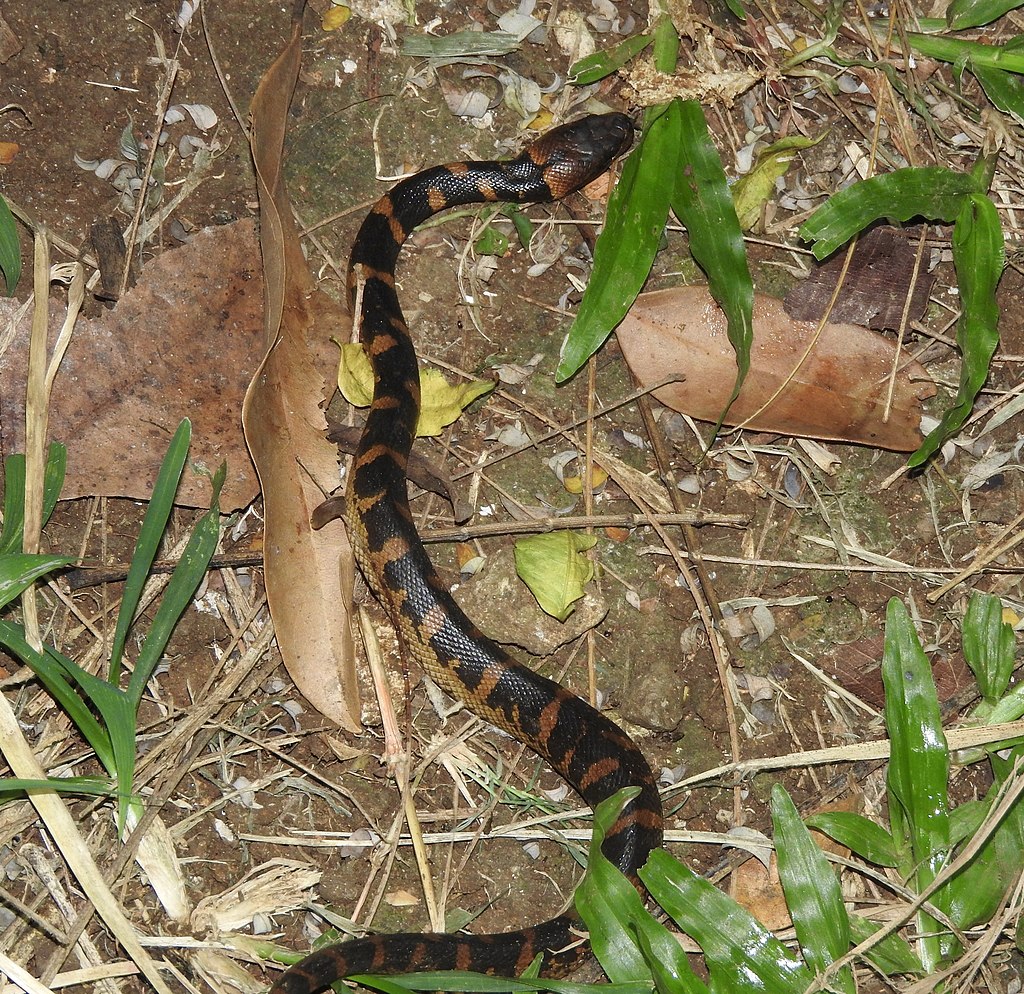
Responsible snake ownership involves ongoing assessment of your pet’s habitat suitability throughout its life. Establish a regular schedule for measuring your snake’s length and weight, typically every 3-6 months for juveniles and annually for adults. Keep records of these measurements along with observations about behavior, feeding response, and activity levels to identify patterns that might indicate changing needs. Periodically reassess the enclosure based on current best practices, as reptile husbandry knowledge continues to evolve. Remember that some species, particularly larger constrictors, may require multiple habitat upgrades throughout their lives as they continue growing into adulthood, which can take several years depending on the species.
Conclusion
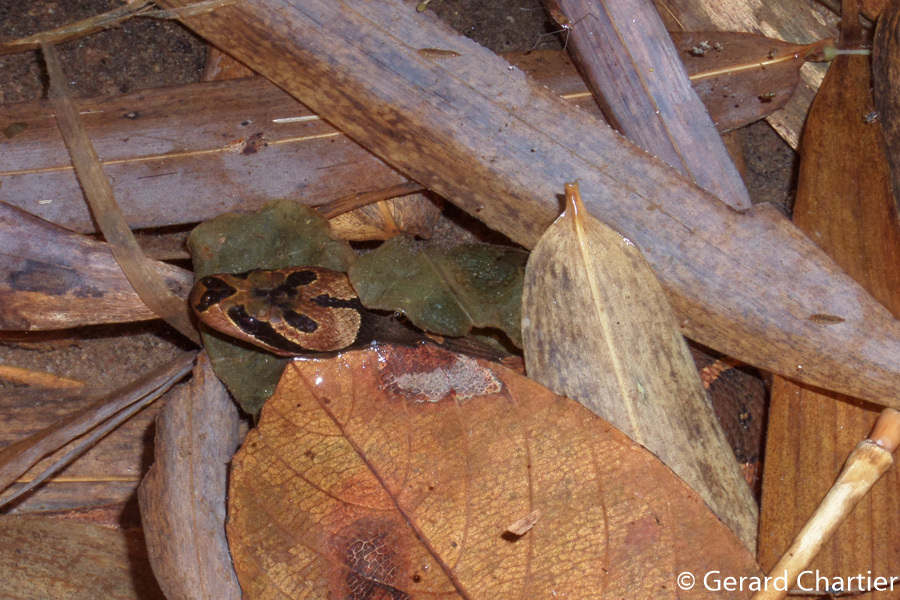
Providing an appropriately sized habitat is one of the most fundamental aspects of responsible snake keeping. By staying attentive to the behavioral and physical signs discussed in this guide, you can ensure your serpentine companion has the space it needs to thrive. Remember that upgrading your snake’s enclosure isn’t just about preventing problems—it’s about enhancing its quality of life and allowing it to express natural behaviors. A properly housed snake is more likely to display natural movement patterns, maintain good health, and even interact more positively with its human caretakers. When in doubt, consulting with a reptile veterinarian or experienced herpetologist can provide valuable guidance specific to your snake’s needs.

